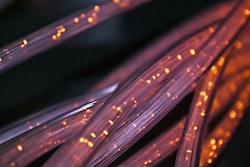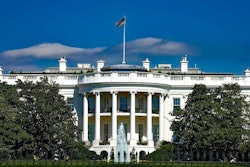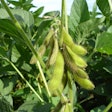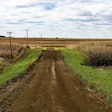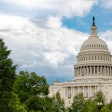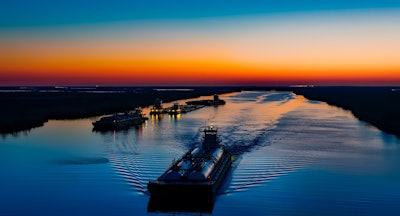
The U.S. House Appropriations Committee approved the fiscal year 2022 Energy and Water Development and Related Agencies funding bill on a 33-24 vote that includes waterways funding for the Navigation and Ecosystem Sustainability Program (NESP).
The $53.2 billion energy and water appropriations bill funds agencies including the Department of Energy, Army Corps of Engineers and Bureau of Reclamation.
Importantly, the bill includes $22.5 million for NESP, a U.S. Army Corps of Engineers program dedicated to navigation improvements and ecological restoration for the Upper Mississippi River – Illinois Waterway (UMR-IWW).
Reps. Cheri Bustos, D-Ill., Ashley Hinson, R-Iowa, Blaine Luetkemeyer, R-Mo., and Sam Graves, R-Mo., secured the provision in the FY 2022 spending bill approved by the House Appropriations Energy and Water Subcommittee earlier this week.
“NGFA thanks House appropriators for continuing to recognize the urgent need to modernize U.S. locks and dams by securing this crucial construction funding for NESP,” said National Grain and Feed Association (NGFA) President and CEO Mike Seyfert. “It is well known that the majority of the nation’s locks and dams have outlived their 50-year design life. As our infrastructure deteriorates, the U.S. falls further behind the competition in the global marketplace. NGFA members urge Congress to enact this crucial investment in NESP to rebuild America’s inland waterway infrastructure.”
Congress first authorized NESP in 2007, but the program has not received any construction funding. Meanwhile, the vast majority of locks on the Upper Mississippi River and Illinois Waterway (UMR-IWW), built in the 1930s and 1940s with 600-foot chambers, have long-surpassed their design life. NESP would expand the navigation capacity along the UMR-IWW through the construction of seven new 1,200-foot locks and dams. New and modernized NESP locks would allow a 15-barge tow to pass through in just one lockage, increasing efficiency and boosting U.S. competitiveness.
“By including this construction project funding for NESP, Reps. Bustos, Hinson, Graves and Luetkemeyer have helped bring the U.S. another step closer in the long-term effort to build new locks on the UMR-IWW which will spur job creation and help ensure that the U.S. remains competitive as a world grain exporter,” Seyfert said. “For example, the U.S. is no longer the world’s top soybean exporter and key competitors continue to lower their transportation costs by investing in infrastructure. Research from the U.S. Department of Agriculture suggests that unless significant improvements are made to farm-to-port infrastructure, U.S. world market share could decline an additional 3-6 percentage points, resulting in $1.5 billion to $3 billion in lost export sales.
“NESP is crucial to maintaining a strong U.S. transportation infrastructure system that provides producers and agribusinesses with options and a strong comparative advantage, fostering the ability to efficiently and competitively serve domestic and global markets.”
NGFA and partnering waterways stakeholders urge the House and Senate to include NESP funding in final appropriations packages.


